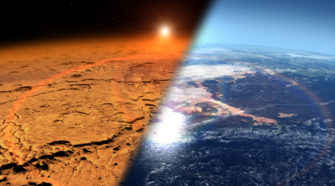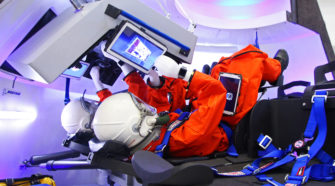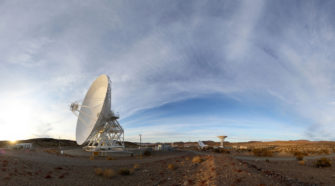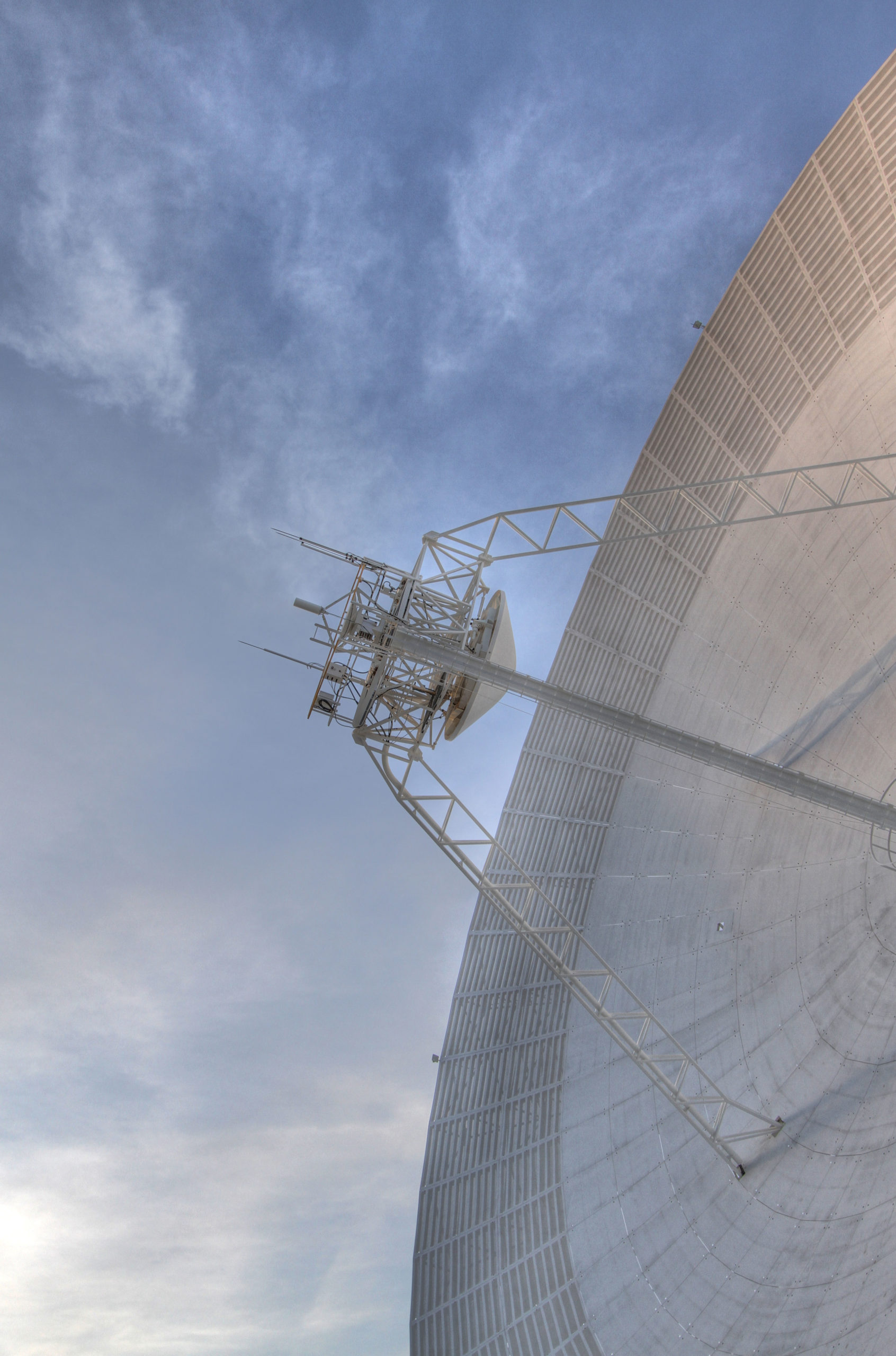Issue #9 (October 2014)
Orion’s December flight test critical for deep space human exploration plans
This December, after years of hard work from a team spanning across the United States, NASA will put America’s future deep-space human exploration spacecraft to the test, flying it further than any human-rated spacecraft has been in over 40 years. The highly anticipated mission, known as Exploration Flight Test-1 (or EFT-1), will put the agency’s …
MAVEN and MOM arrive safely at Mars
Earth’s invasion fleet at the Red Planet now stands at a record breaking seven spacecraft following the successful arrival of a new pair of probes from the US and India in late September 2014. NASA’s newest Mars mission, the Mars Atmosphere and Volatile Evolution (MAVEN) spacecraft successfully entered orbit around the Red Planet on Sept. …
Boeing, SpaceX garner NASA contracts to launch astronauts from American soil
In 2010, with the retirement of NASA’s iconic 30-year space shuttle program, the space agency began the Commercial Crew Program to stimulate development of privately built and operated American-made spacecraft for transporting astronauts to and from low-Earth orbit (LEO) and the International Space Station (ISS). Since the final shuttle landed in 2011, America has been forced …
Charley Kohlhase has been our ambassador to the planets
Charley Kohlhase officially ‘retired’ from NASA’s Jet Propulsion Laboratory in 1998. At his retirement party, a recording was played of Carl Sagan, who had died two years previously. ‘…. His voice suddenly, pleasingly rang through the room. From the afterlife, Sagan implored, “Charley Kohlhase’s name should be as well known as Michael Jordan’s!”’ (from ‘Ambassadors …
Deep Space Network: Finding the signal for 50 years
Robotic missions exploring our solar system have wowed the world with their discoveries and especially the images they return. But even the most sophisticated spacecraft is useless until the science and engineering it gathers makes it back to Earth. NASA’s one of a kind collection of massive dishes around the world makes that possible. The …
Eight essential facts about NASA’s Deep Space Network
1) As the World Turns: The DSN is Earth’s only global spacecraft communication network The Deep Space Network has three facilities – at Goldstone, Calif.; near Madrid, Spain; and Canberra, Australia, all with multiple parabolic dish antennas, including one dish each that is 230 feet (70 meters) across. Located about 120 degrees apart around Earth, the …






